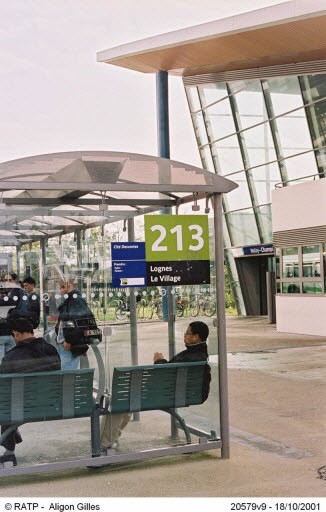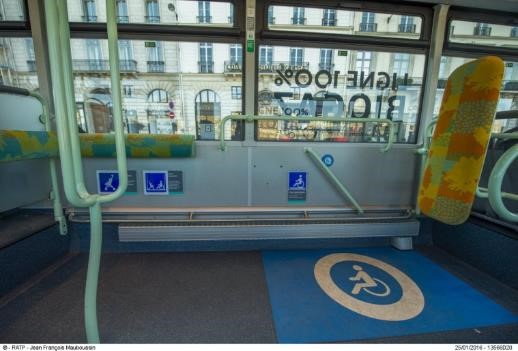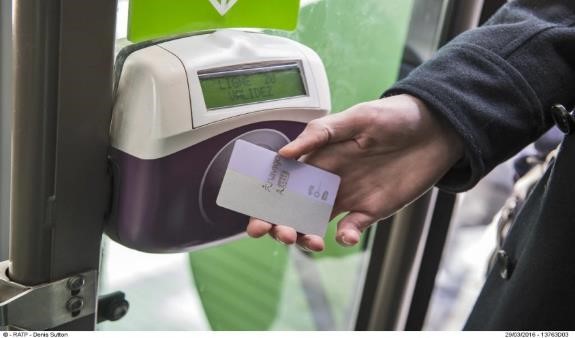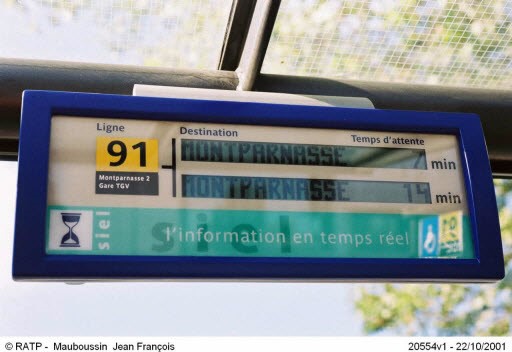This chapter aims to highlight the utility and benefits of the operating facilities with the aim of extending the transformation of the bus fleet with improvements to the service. It should not however be forgotten that any option chosen must be made with regard to the local context, and the problems that could arise from the envisaged solution.
For a transport service to the operational, it must fit into a complex and specific environment, whose aim is to make it easy to use for the traveller throughout its journey. Indeed, before being transported to their destination, the traveller must be able to:
- access information about their journey;
- wait in safety and with peace of mind for the bus to come;
- access the vehicle at the stop even if they are disabled;
- validate their ticket;
- make their connections in the best conditions, etc.
As for the operator, it needs tools to run the operating programme and make adjustments in real time, depending on the contingencies (traffic, accident, driver absence, etc.).
To fulfil these functions, the “transport system” must therefore include the following facilities:
Street furniture
Street furniture helps identify the bus stop in the urban space and may be used to shelter passengers while providing them with a certain level of comfort. It provides information about the characteristics of the transport offer at this stop (itinerary of the routes and timetables, ideally in real time).


Accessibility facilities
The travel chain must be organised to provide access to absolutely everyone, including people with disabilities or reduced mobility. Consequently, the transport system must have the equipment to facilitate accessibility at the bus stops and to the vehicles: ramps, reserved seats on board buses, sound system, etc.


Ticketing system
The ticketing system is a very important element in a public transport network. It must help to:
- sell transport tickets, preferably outside the vehicles;
- reduce fraud and yield revenues;
- facilitate the use of and access to buses;
- provide validation data that can be used to analyse the use of the transport network;
- facilitate the management of the fare policy and the distribution of revenues to operators.

SAEIV
The Système d’Aide à l’Exploitation (operations assistance system) gives the operator control of the activity of its transport network and a real-time overview of the vehicle fleet. It is an essential tool that the operator needs in order to maintain control over the running of the buses and comply with the quality standards set out in the operating contract.
As for the passengers, the Système d’Information Voyageurs (traveller information system) provides real-time ETA information. This element helps to create a connection between the user and the transport network. It plays an important role in encouraging people to use public transport.
These facilities offer a very broad range of features. Whatever facilities are chosen, it will be necessary to ensure that the minimum basic functions are taken into consideration to ensure that the transport system runs efficiently.
